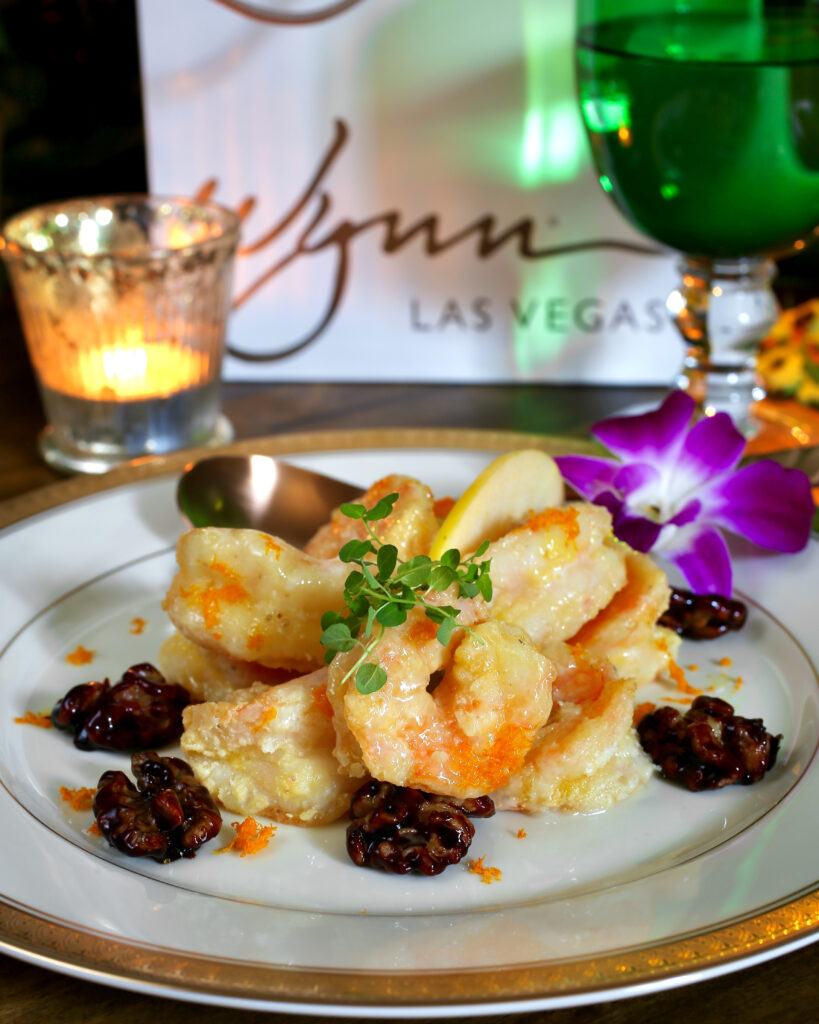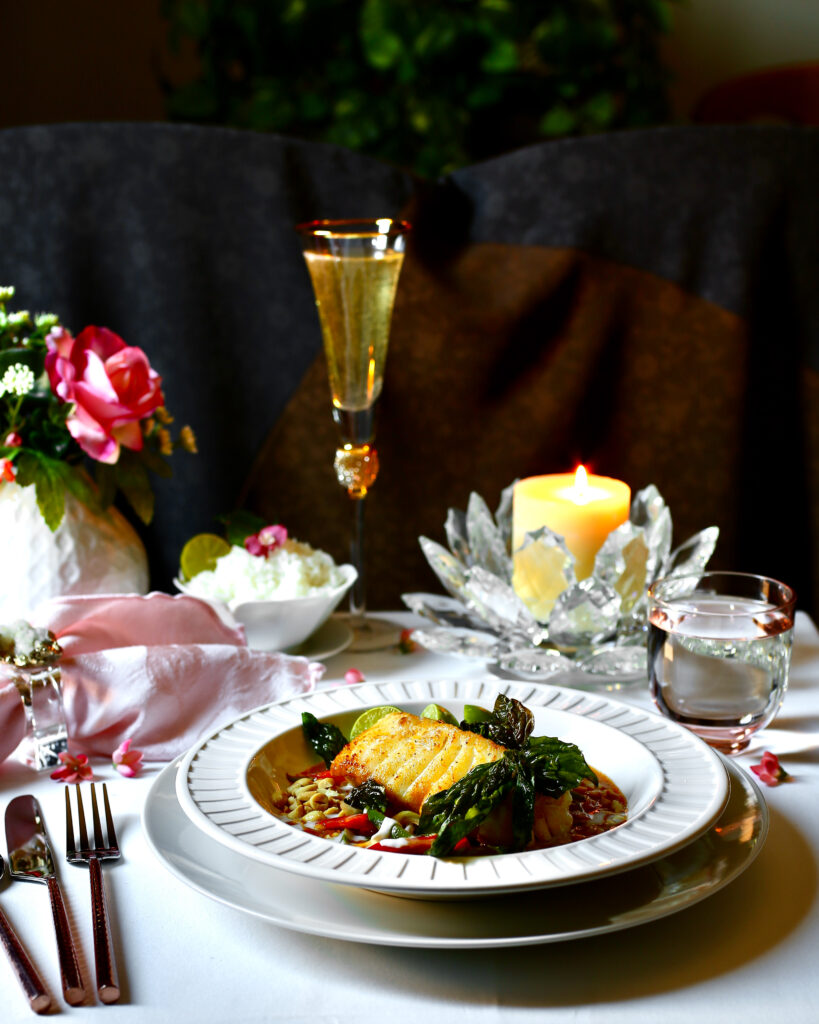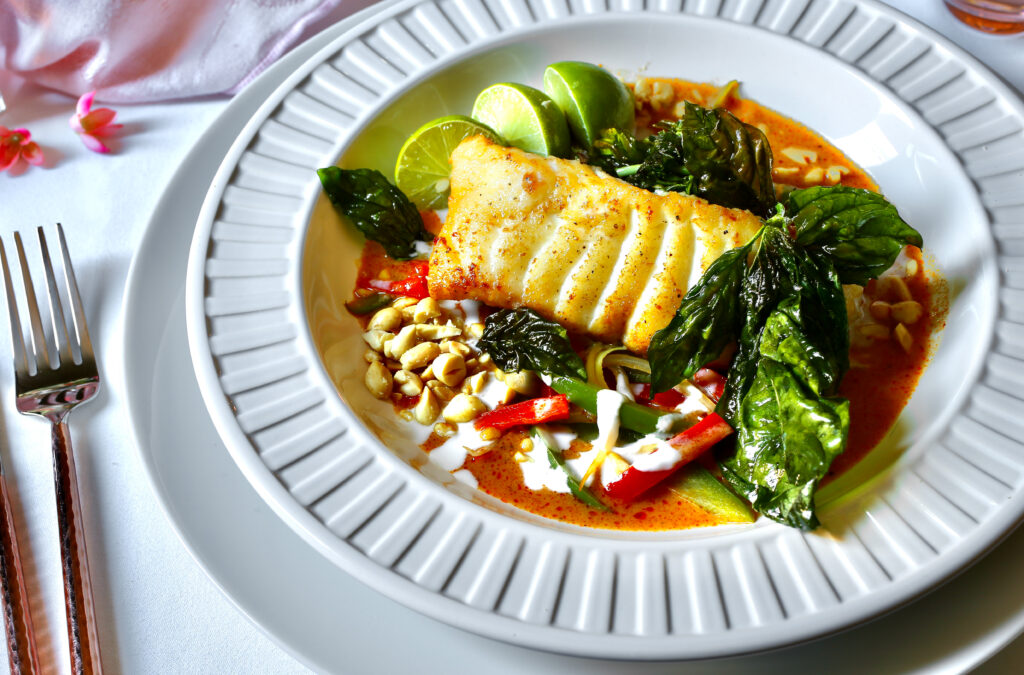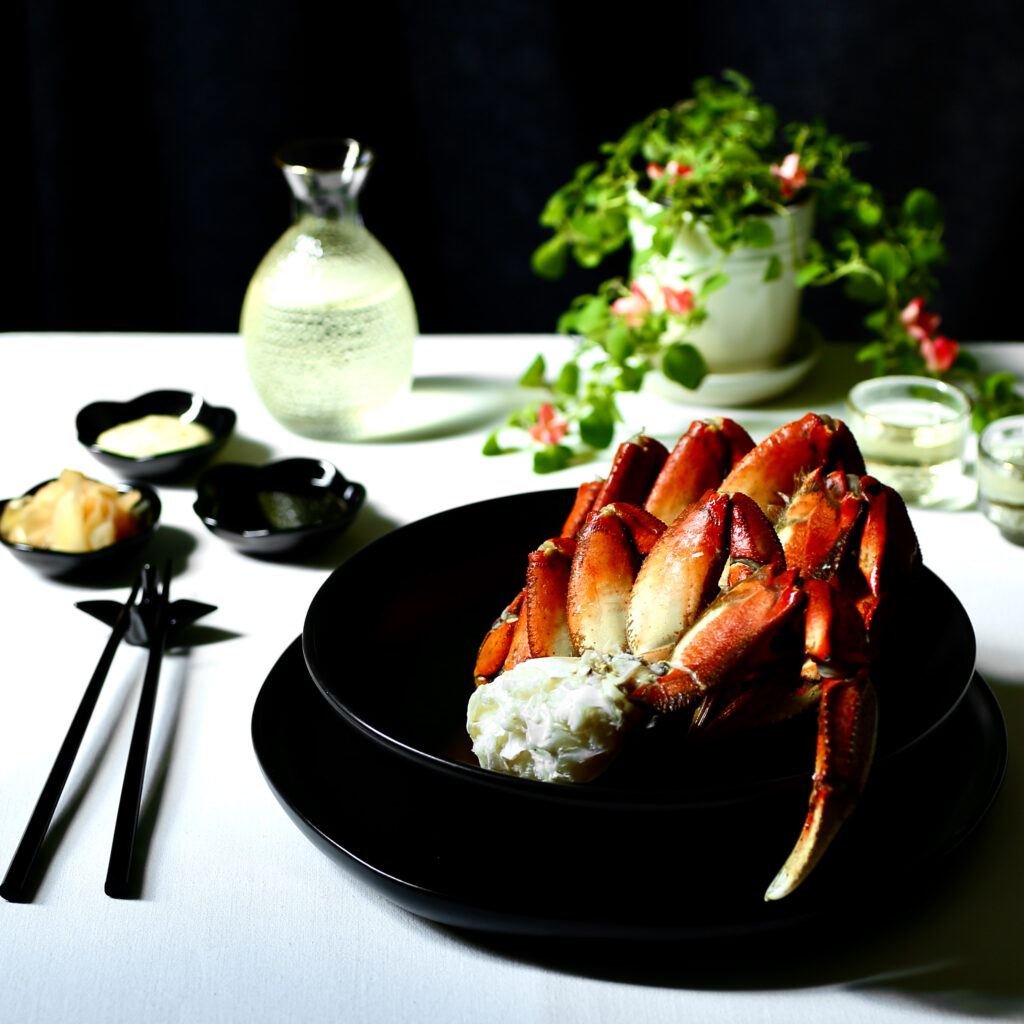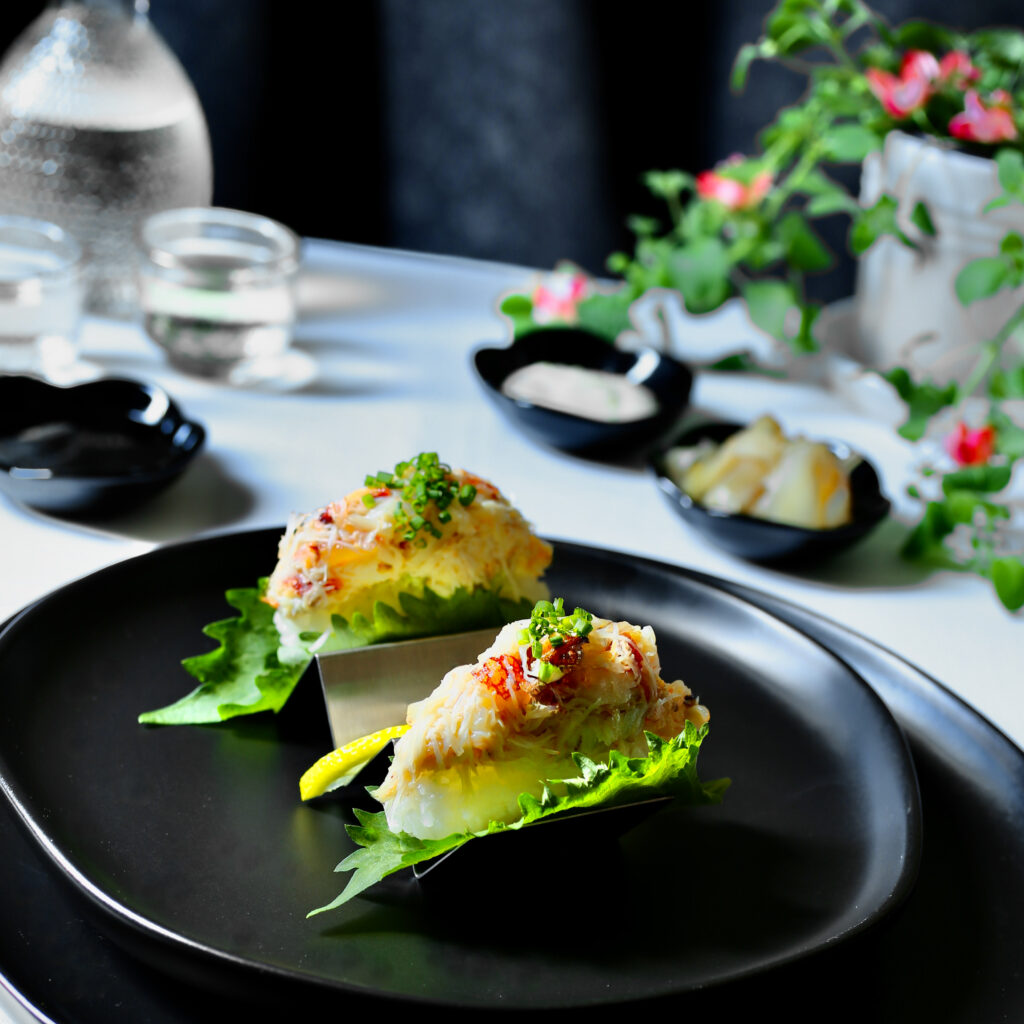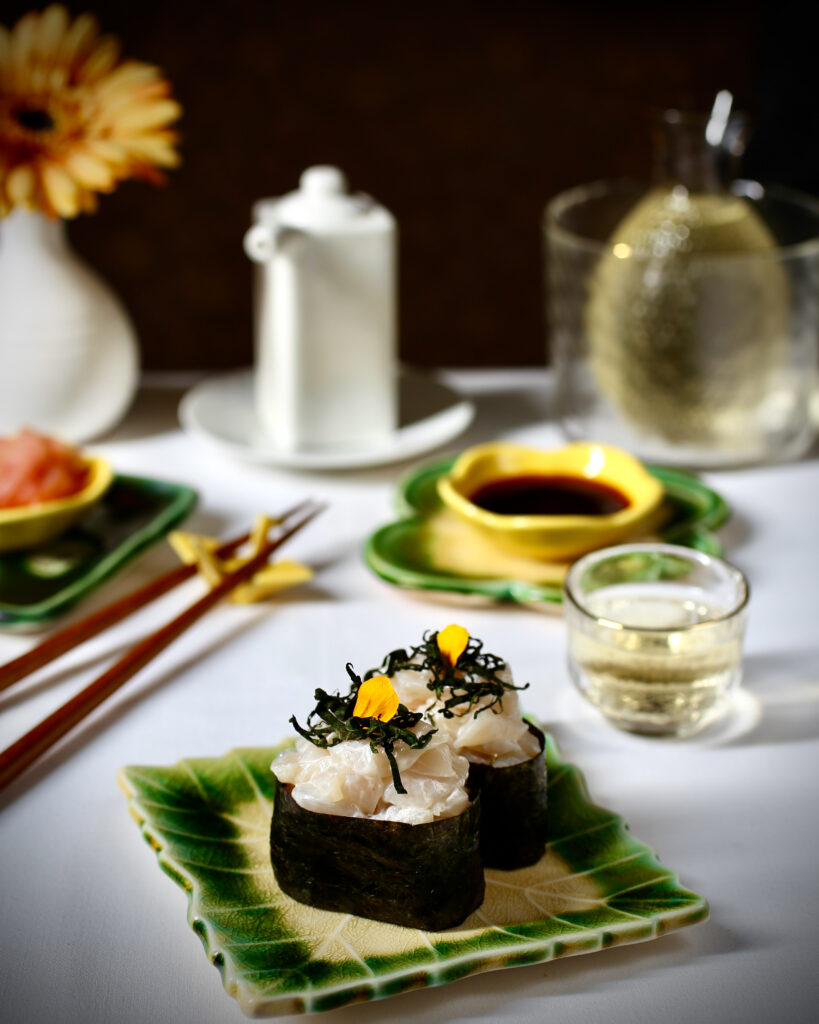
Scallop Sushi ~ Gunkan Maki Style
Tender and buttery, day-boat sea scallops from Maine are simply delightful with their slightly sweet flavors, and slightly briny hints of the sea. They are harvested by fishermen that go to work in the icy waters then return to port that same day.
Since the fishing trip is short, day-boat scallops do not need to sit on melting ice like longer expeditions, and therefore do not absorb water over the course of the trip. The taste is pure and natural, as the scallops are not bloated with water after harvest. These scallops are treated with the utmost care, and never soaked in a solution of sodium tripolyphosphate which is commercially used as a preservative but unfortunately degrades the quality of the scallop.
🍣 🍣 🍣
Gunkan maki was invented in 1941 by Hisaji Imada, the chef/owner of restaurant Kyubey in Tokyo. His new-fangled presentation allowed for the sushi service of soft/loose toppings, such as sea urchin and fish roes. These toppings could not be served in the traditional nigiri style, which consists of a solid slice of raw fish atop an oblong rice ball.
The shape of the newly-developed sushi resembled that of a battleship, hence the name. Gunkan is battleship in Japanese, Maki means roll. Sushi rice is hand-formed into a cuboid, rolled/wrapped with nori, then a soft/loose filling is spooned into the interior.
Here our battleship is filled with diced raw day-boat scallop lightly tossed with Japanese mayonnaise and sea salt. Aromatic shiso adds complex herbal notes where a bit of pungent wasabi flavors the seasoned rice. To quote one of my favorite chefs on a famous seafood dish, “It was a morsel of perfection.”
Scallop Sushi Recipe
Continue reading “Scallop Sushi ~ Gunkan Maki Style”
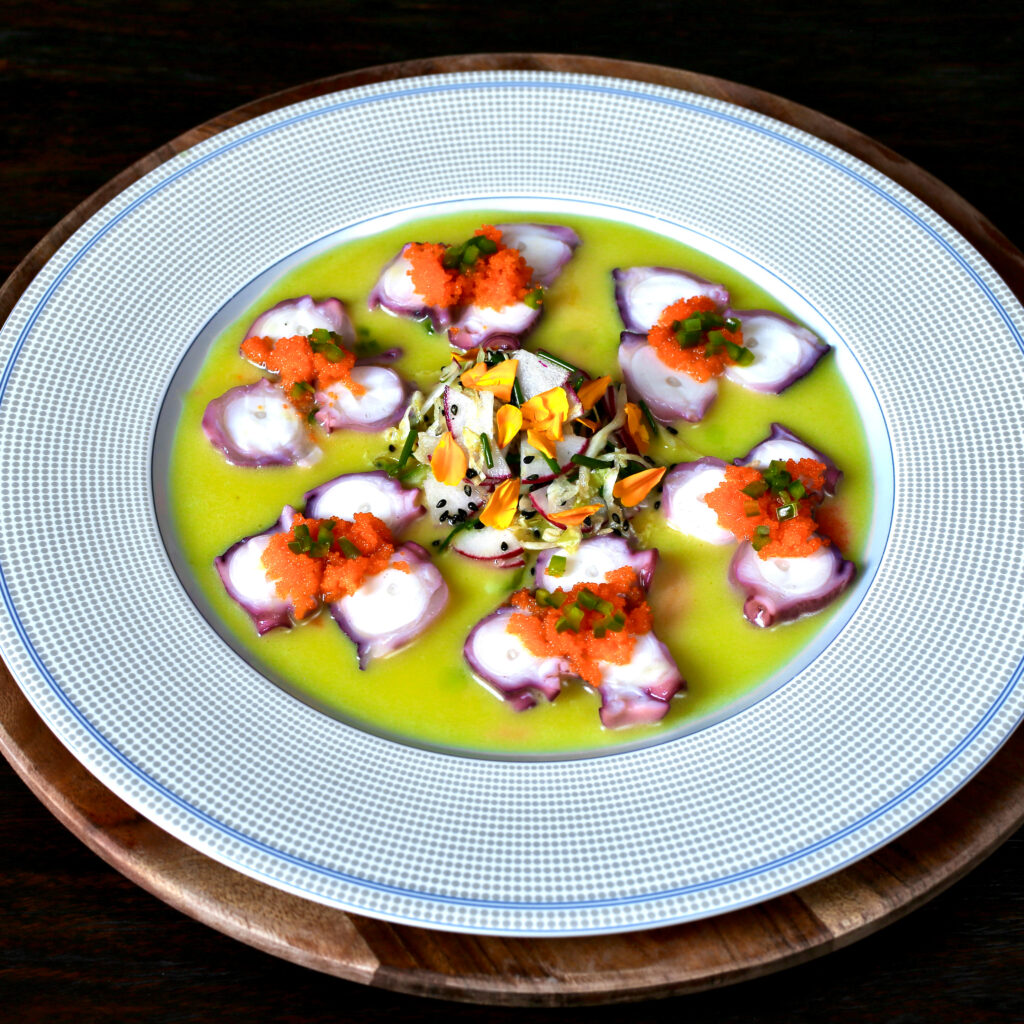
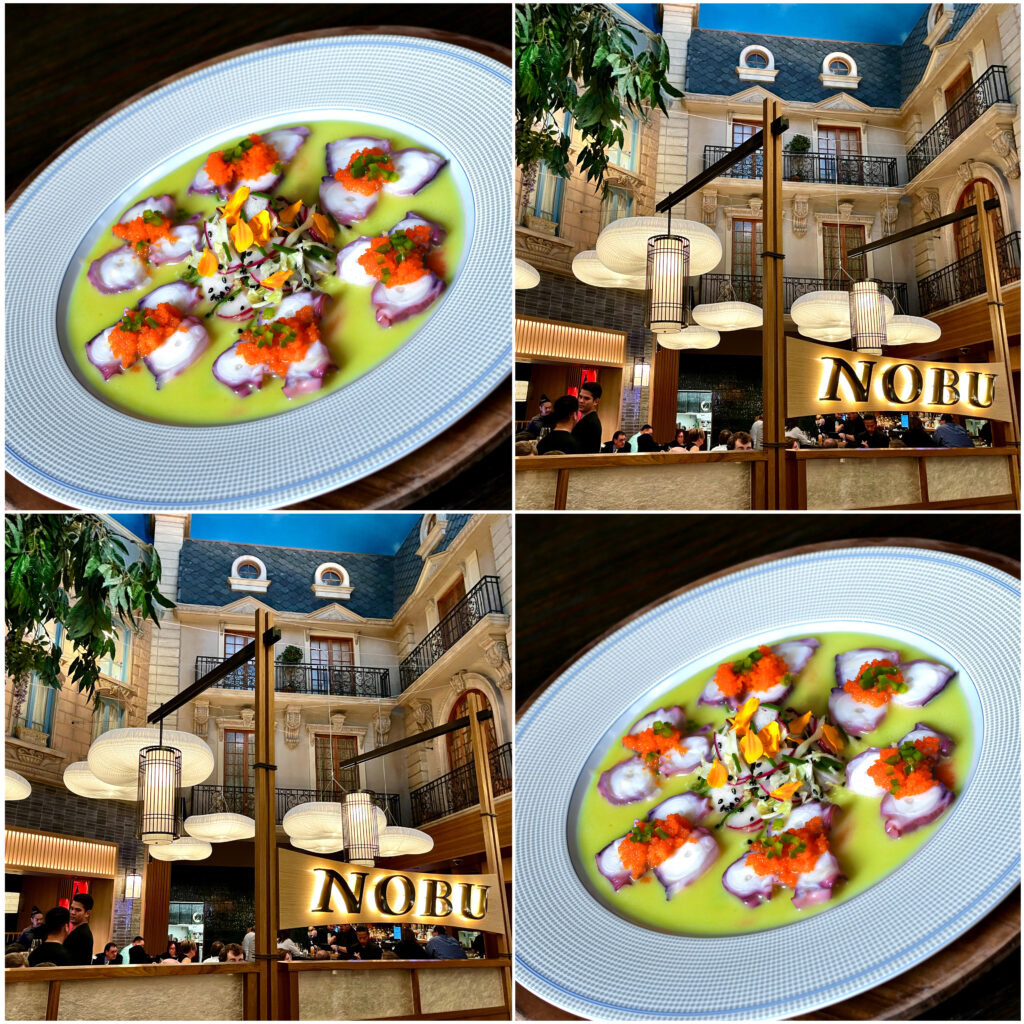

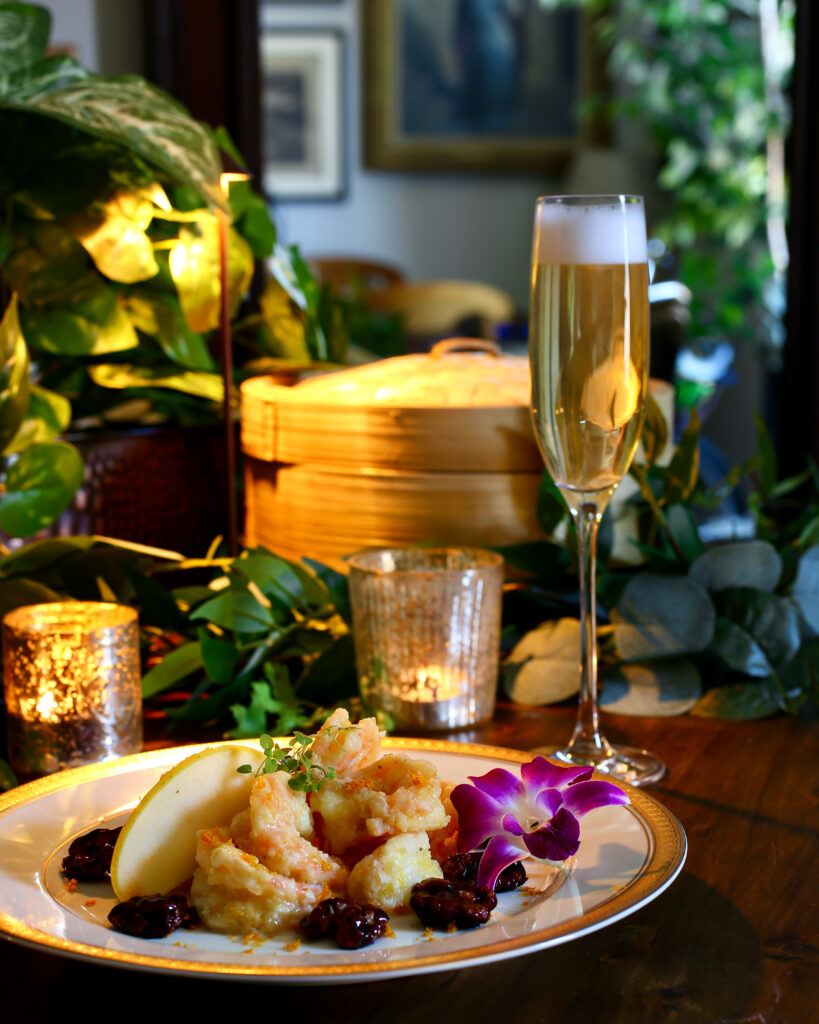 🦐 Fried Prawns with Creamy Calamansi Sauce 🦐
🦐 Fried Prawns with Creamy Calamansi Sauce 🦐